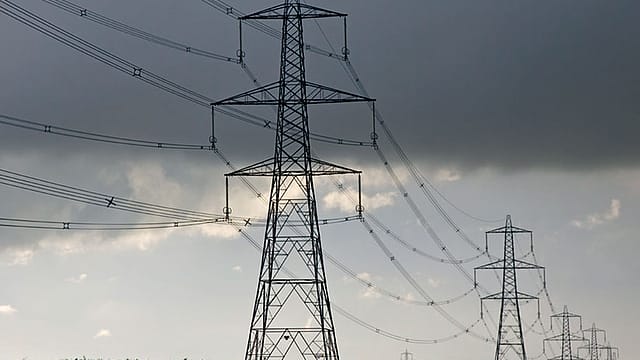The problems of power subsidy
ADVERTISEMENT

Subsidies have become politically acceptable all over again, and that’s bad news for the power sector, says Kuljit Singh, partner, infrastructure practice, EY. “Till recently, subsidies were losing their political appeal and nearly all governments were trying to reduce subsidies,” says Singh. The recent pro-subsidies round was flagged off by Delhi’s new chief minister, Arvind Kejriwal, who announced a 50% subsidy on power consumption up to 400 units a month. Other states have been quick to follow suit.
The logic is that power companies don’t take a hit, and consumers pay less. But most states can’t afford to fund large subsidies and either divert monies from other welfare projects, or default on their power bills. History shows that most governments prefer option two. Singh says this will put pressure on power generation companies, since distributors will not be able to pay the generators.
A more disturbing fallout is likely to be an increase in power consumption, as consumers stop conserving energy. “When power is available at a subsidy, it is used more than optimum,” says Santosh Kamath, partner, KPMG. There’s no incentive to pay for energy-saving products if power is available cheap.
October 2025
As India’s growth story gains momentum and the number of billionaires rises, the country’s luxury market is seeing a boom like never before, with the taste for luxury moving beyond the metros. From high-end watches and jewellery to lavish residences and luxurious holidays, Indians are splurging like never before. Storied luxury brands are rushing in to satiate this demand, often roping in Indian celebs as ambassadors.
Fortune India is now on WhatsApp! Get the latest updates from the world of business and economy delivered straight to your phone. Subscribe now.
